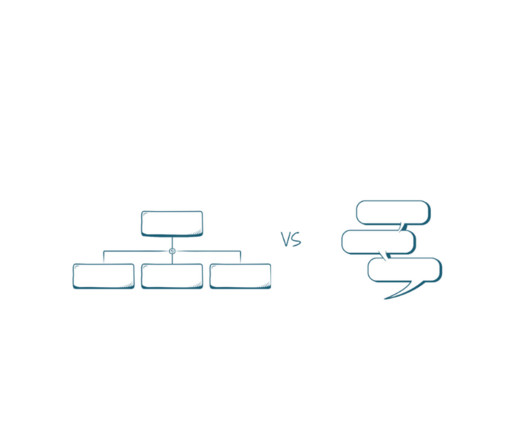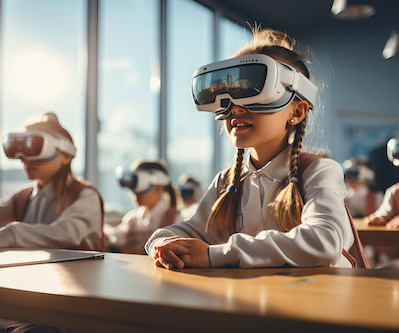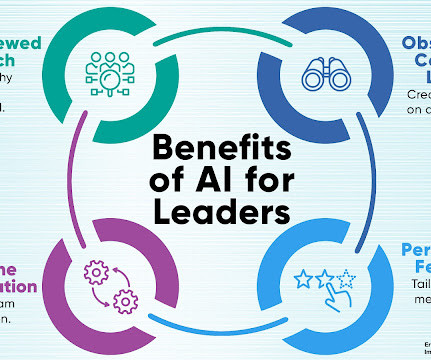Technology’s Role in Putting Learning Science Research To Work
Digital Promise
NOVEMBER 10, 2014
When used appropriately, these tools can help educators create learning environments that incorporate key research-backed principles shown to underlie effective learning in the following ways: Supporting personalized, differentiated and self-paced learning. Supporting collaborative learning.


















Let's personalize your content